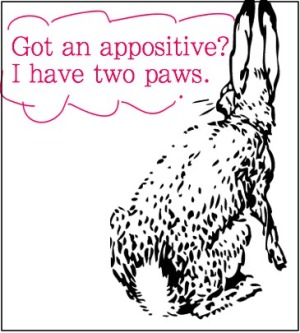Lots of stuff on your article
Here is a prose version of the lemon-pear shaped document discussion we had last week:
Documents have beginnings, middles, and ends. For this work, think LEMON-shaped. Here is a good way to arrange your analysis:
Beginning: 1-3 paragraphs that prepare the reader to understand and trust the center portion of your analysis (three or four body paragraphs). Use a cognitive wedge strategy aka "lemon nipple." Think:
-
- Opening (see the seven strategies -- you can combine them.)
- Ethos of lead author
- Definitions/descriptions or backgrounds, which is largely common knowledge.
Middle: 3-4 body paragraphs. Start with one paragraph per point BUT you may need to divide complex material into two shorter but connected (by transition) paragraph. These are your larger paragraphs. You MAY need to nest small definitions -- use the appositive technique -- near the material.
End: Taper off, with some useful information or thoughts for closing. For example, brief critique (this is hard and will NOT count against your work grade-wise), applications, further line of inquiry, implications for society.
New links for class discussion today:
Academic language phrase bank (really useful for analysis and writing). Spend some time here AND save the link. Thank you to the fine folks at Manchester University, UK.
Opening moves for technical documents: (seven ways! With examples.)
Citation/ethos/introduce your lead researcher: in class, we will talk about the conventions of citation in a close read of an article. Basically, the steps are:
- first mention, full name (in the ethos paragraph that also introduces the article).
- (author, date)
- last name throughout
- Example: Marybeth Shea is a professor of technical writing at the University of Maryland. She studies stasis theory in environmental policymaking. Her research article appears in the Journal of Conservation Biology and is the subject of this review (Shea, 2014). Then, in rest of document, refer to the work using the last name:
- Shea's approach...
- Her findings...
- What Shea's inference fails to account for...
Handful of language conventions:
1) That-which: which takes a comma; that does not! See this handout on choosing which and that.
2) What is an appositive?
What is an appositive? A bit of information you insert in between the subject and the verb. You need commas or other sorts of punctuation to set this off. This image of bunny paws can help you remember to do this:

3) Alot v. A lot: Grammar moment: the abomination of alot. alot is not a word. Let's see what this blogger says about remembering to use a lot and not alot(click into image to access her website).![]()
Reader Comments